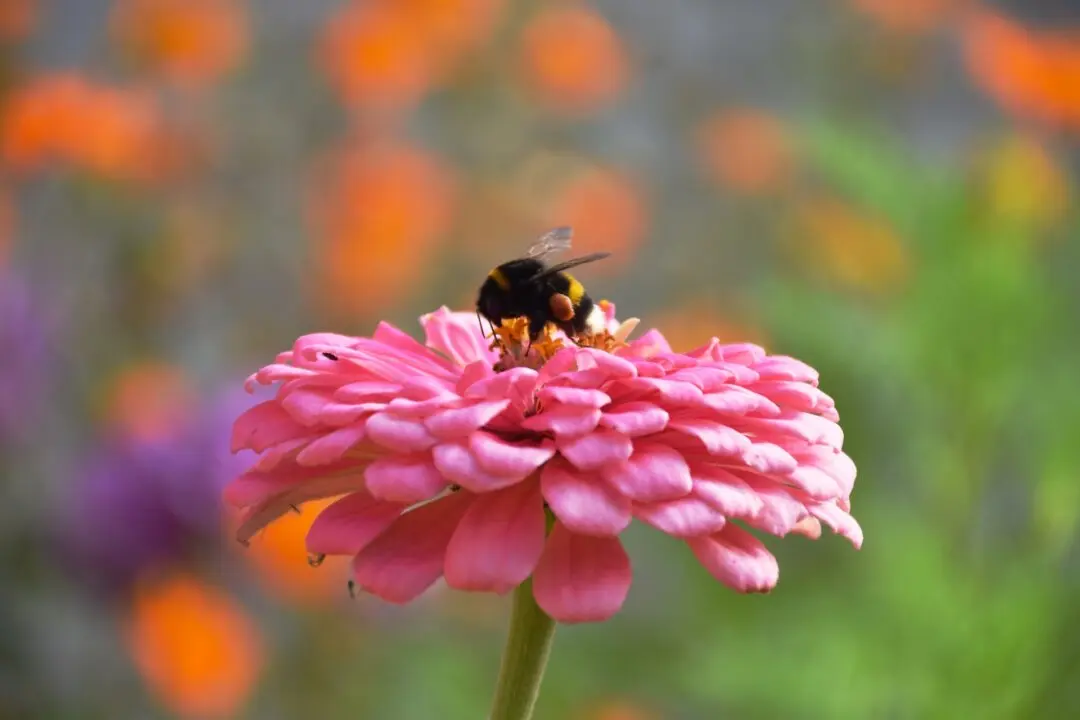Q: The elm tree in our front yard has a disgusting, brown, slimy mess running down the trunk. As it dries, it is leaving a white streak on the bark. What can we do to stop this?
A: Your tree has a bacterial infection called slime flux or wet wood. Many tree species can get this infection, but for some reason, practically every elm tree is affected to some degree. Trees over 10 years old are more likely to get it than younger trees.





